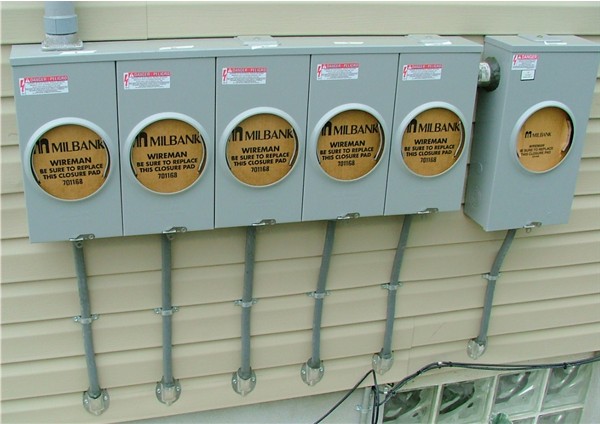Pierre C Belarge
Senior Member
- Location
- Westchester County, New York
Well the utility commissions should do something about this. Let the utility lock the service disconnects if they want to. But if they're gonna do that then they might as well provide the disconnect as well as the meter. TOUGH BANANA!!! People's safety is at stake.
Eric
Your tagline states: "if it's not broken don't fix it"
I am not aware of anyone injuries or deaths to the customer from the current location of the meter equipment being located ahead of the disconnect.


